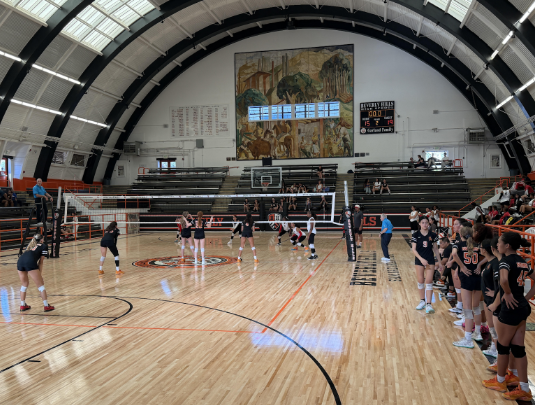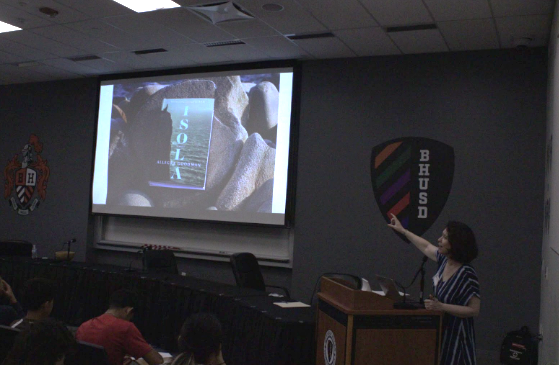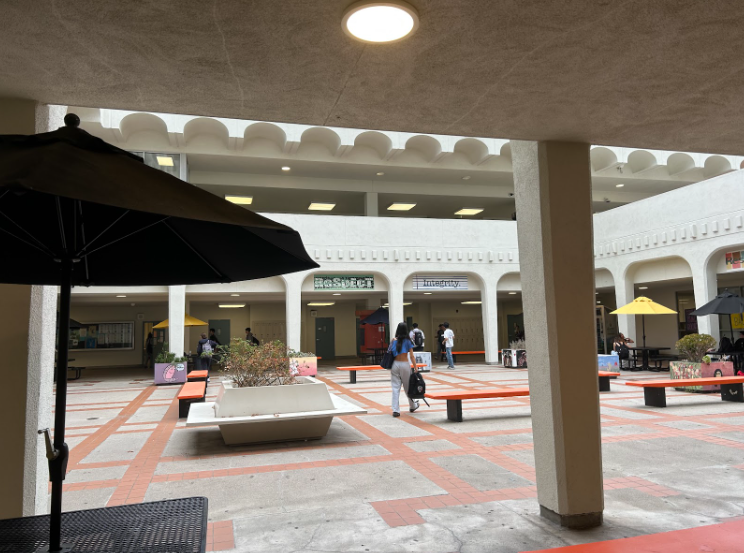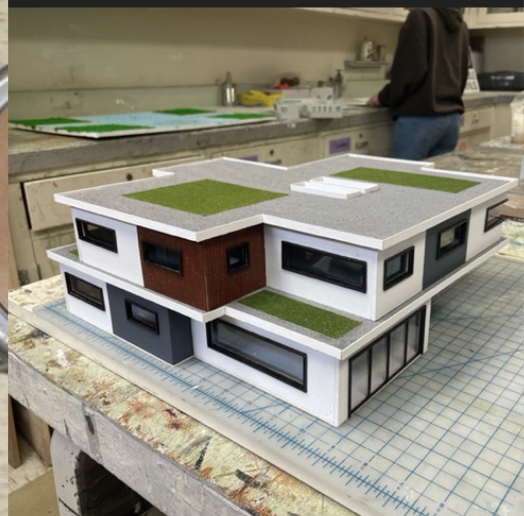This year, Beverly joined many others across the country in shifting AP Math exams from traditional paper exams to a fully online format. While this move may seem like a step into the future, I believe it’s a misstep that creates more problems than it solves.
First and foremost, math is a subject that thrives on paper. Anyone who’s ever solved a calculus or statistics problem knows how important it is to write out the steps, draw diagrams and scribble through multiple lines of work. Doing all of this on a screen, especially with limited space and drawing tools, just isn’t the same. Many students found the exam difficult to manage and use, leading to unnecessary mistakes and wasted time.
Another major issue is the technical difficulty. Several students reported connectivity problems during the test, lagging devices and even freezing screens. When you’re already nervous for a high-stakes exam, the last thing you want is your laptop glitching. On paper, all you need is a pencil and a clear mind. But with the online exams, you’re suddenly dependent on a stable wifi connection, charged batteries and functioning software.
Accessibility and equity are also concerns. Not every student is equally comfortable working on math problems digitally. Some may not have reliable devices at home for practice, or simply work more slowly with a mouse. In a subject like math, where precision and time matter, that can make a big difference.
AP exams are meant to test our understanding, not our ability to navigate tech platforms. While online exams may be more convenient for the college board, they don’t serve the students who work hard all year long to prepare. Until technology can better support the unique demands of math, the exams should return to paper. In this case, old-school might just be the smarter solution.































